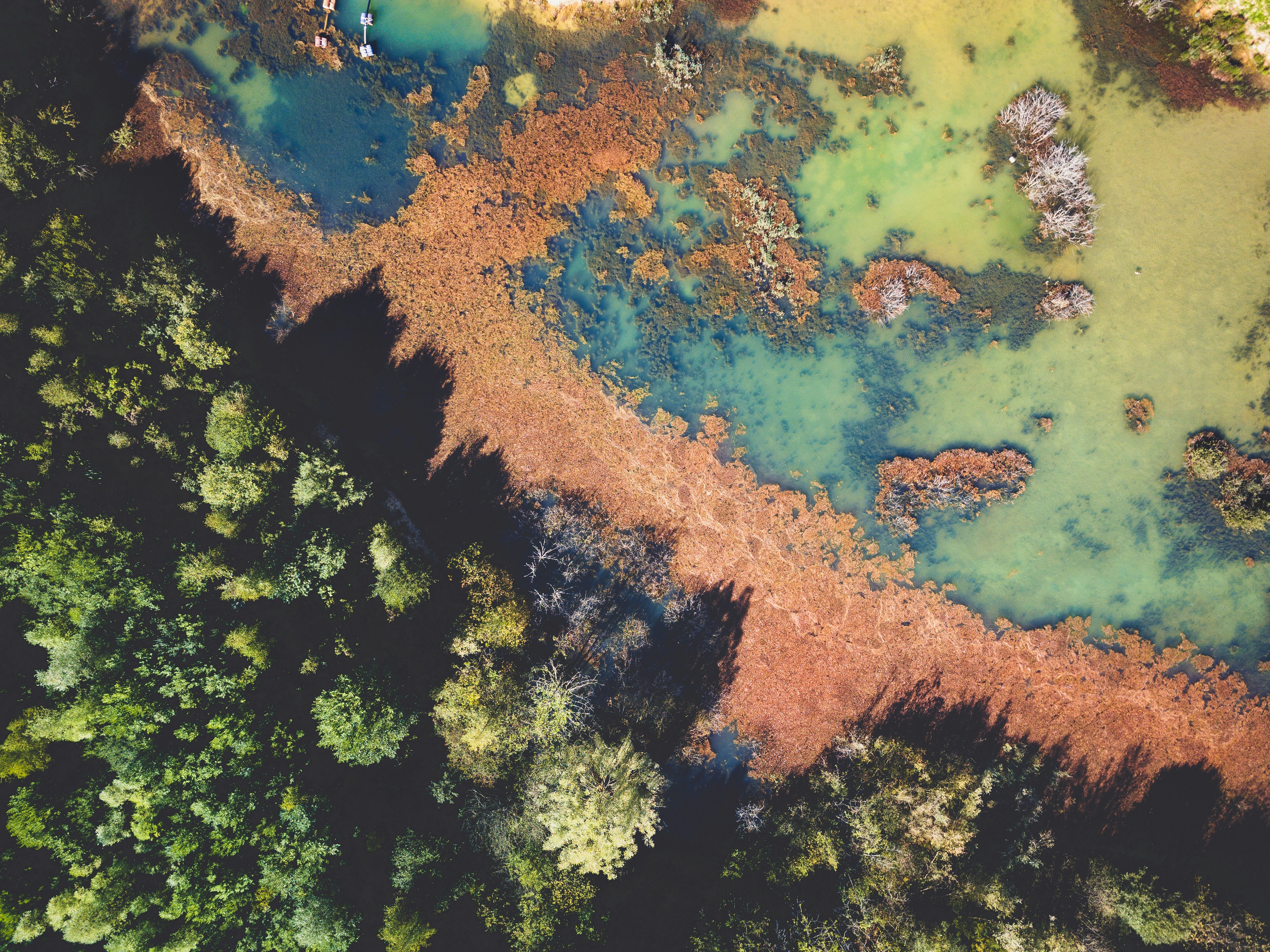The Hidden Effects of Hurricanes on Nature
Hurricanes, with their violent winds and torrential rains, leave a trail of destruction across human settlements. But the impact of hurricanes extends beyond humans, deeply affecting wildlife and ecosystems. These natural disasters disrupt habitats, alter food chains, and reshape the landscape in ways that can lead to long-term ecological changes.
How Hurricanes Reshape Natural Landscapes
When a hurricane makes landfall, the sheer force of its wind and rain can uproot trees, erode soil, and alter coastlines. These changes can have profound effects on local ecosystems. In Florida, for instance, hurricanes can cause saltwater intrusion into freshwater habitats, devastating the flora and fauna that rely on these environments. Furthermore, the uprooting of trees can lead to a loss of habitat for species that depend on forest cover for shelter and food.
Wildlife Struggles and Survival
Wildlife often bears the brunt of hurricane forces. Birds may lose nesting sites, mammals could find their food sources destroyed, and aquatic life might be disrupted by changes in water salinity and sediment levels. Some species are remarkably resilient, however, adapting to new conditions or migrating to safer areas. For example, certain fish species might temporarily relocate to deeper waters to avoid hurricane turbulence.
Interestingly, some hurricanes have unexpectedly positive impacts on wildlife. In some cases, the destruction of canopy trees can allow sunlight to reach the forest floor, fostering the growth of a more diverse range of plants. This new growth can eventually support a broader spectrum of animal life.
Long-Term Ecological Changes
The long-term effects of hurricanes on ecosystems can be both detrimental and beneficial. While some ecosystems may never fully recover, others may experience a rejuvenation of biodiversity. Wetlands, for example, often experience shifts in vegetation and hydrology post-hurricane, leading to changes in the species that can inhabit these areas.
It’s crucial for conservationists to understand these dynamics to aid in recovery and preservation efforts. By studying the aftermath of hurricanes, scientists can gather insights into how ecosystems respond to extreme weather events and identify which species are most at risk.
Climate Change and Increasing Hurricane Intensity
As climate change continues to influence weather patterns, hurricanes are becoming more frequent and intense. This trend has serious implications for ecosystems already stressed by human activities such as deforestation and pollution. Understanding how climate change affects hurricane behavior is essential for developing effective conservation strategies.
For those interested in climate change and its impact on hurricane intensity, NASA’s resources on hurricanes provide valuable insights into ongoing research and findings.
Community Involvement in Environmental Recovery
Local communities can play a crucial role in aiding ecosystem recovery following a hurricane. By participating in reforestation projects, supporting wildlife rescue operations, and advocating for sustainable development, community members can help mitigate the environmental damage caused by these natural disasters.
At HelpNow, we encourage individuals to get involved by volunteering with local conservation groups or participating in educational programs that promote environmental awareness. By working together, we can help ensure that Florida’s unique ecosystems continue to thrive.
Final Thoughts: Balancing Human and Environmental Needs
As we prepare for future hurricane seasons, it’s vital to consider the broader environmental impacts of these storms. By balancing human needs with ecological preservation, we can better protect both our communities and the natural world. Our mission at HelpNow is to foster resilience and awareness, ensuring that both people and ecosystems have the support they need to weather any storm.
For more information on hurricane preparedness and its effects, you can explore resources such as the NOAA, which offers comprehensive information on current weather patterns and safety measures. Additionally, consider supporting organizations that work to protect vulnerable habitats and species in hurricane-prone areas. Together, we can make a positive impact in the face of nature’s most formidable forces.

